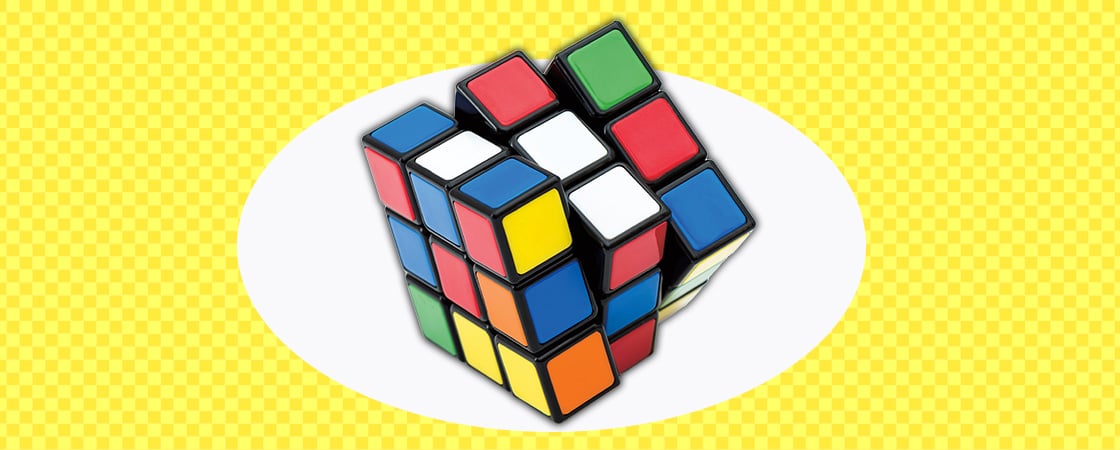Shutterstock.com
Dear Evan,
Today we’re voting to see if Rubik’s Cubes should be allowed in school. I love Rubik’s Cubes! But I have to say . . . I think they should be left at home.
First, it’s easy to become obsessed with a Rubik’s Cube. Did you know there are billions of ways to solve the puzzle? My mind is always racing with new ways to get it right—even in class! I become so focused on solving the puzzle that I miss out on important parts of the day, like lessons from Mr. Ramos and playing tag at recess.
Plus, cubing can cause problems for other kids. Imagine how distracting it would be if the student next to you in class was clicking and spinning their cube all day! I’ve even seen kids get into fights at recess over sharing cubes. We don’t want anyone to feel left out because they don’t have a toy, right?
And speaking of toys, the Rubik’s Cube is just that: a toy. Other toys, like Nintendo Switches and slime, have been banned from school. Why should the Rubik’s Cube be different?
Let’s save our cubing for after school!
A focus fan,
Hana

